water
saving water in the garden
QUICK TIPS:
1. Add organic matter to garden beds
2. Eliminate runoff
3. Mulch garden beds 5-7.5cm deep
4. Water in the morning or evening
5. Water longer but less often
6. Choose drought-tolerant plants
With some simple steps and a little preparation, you can be water-wise and still have a lush, beautiful garden.
As ever, it all starts with the soil. New garden beds - especially those with clay or sand soils - need organic matter; to let water get into the soil easily and to keep it there longer. Dig compost or manure into at least the top 20cm - preferably 30cm - of the soil profile where plant roots do most of their drinking and feeding.
Take a zero tolerance stand against runoff. Minimise the slope of beds and lawn or create flat terraces behind retaining walls. Whether you hand-water or have an irrigation system, make sure that infiltration is quicker than application. Water gently and move your hose in sweeps so every drop soaks in.
Sandy soils usually absorb water quickly but can become water-repellent when dry. Stop water from beading on the surface and running off by applying a soil wetting agent according to the manufacturer's instructions.
Mulch between 5-7.5cm deep. This blanket is essential for garden beds to retain moisture, insulate roots from temperature fluctuations and suppress weeds. Remove any weeds that do appear so they don't compete with your plants for water.
A rain gauge will help tell you whether nature has already provided enough water for the week. If not, water your plants long and deep to encourage roots to grow deeper. Most gardens shouldn't need more than 1-2 soakings per week under ordinary summer conditions and can go 2-4 weeks between drinks in winter.
Designer Tanks build beautiful stainless steel rainwater tanks.

FEATURED PRODUCT
Designer Tanks
 Find out more
Find out more
Minimise evaporation by watering in the cool of the morning or evening. Water the plant's roots, not the foliage. A well-designed drip irrigation system will deliver water directly to the roots where it's needed. Buy good tap fittings and make regular inspections for leaks.
Consider supplying the garden from a rainwater tank, or recycled grey water from the shower and washing machine. Check with local authorities first for their requirements in your area.
Reduce your lawn areas to what's absolutely essential and choose one of the more drought- tolerant kinds of turf.
For more efficient watering, consolidate plants into defined beds and group those with similar water requirements. Place any thirstier plants together in damper, shadier protected positions. But try to use more drought-tolerant plants in the garden. Search our Plant This Plant Selector to find those for your area.
Comments (0)
Tell our Plant Selector what you want & like and we'll search thousands of plant profiles for compatible matches
Special Offers

Plant of the Day
Menzel's Wattle
Plant type: evergreen shrub
H: 2m W: 2m
Sunlight: hot overhead sun

Fast Facts
saving water
Blanket garden beds with mulch between 5-7.5cm deep to retain moisture, insulate roots from temperature fluctuations and suppress weeds.
Recently added water articles
Most viewed water articles
Get the Plant Selector's full features plus news, forums & competitions. Sign up, it's free.
Click here for more
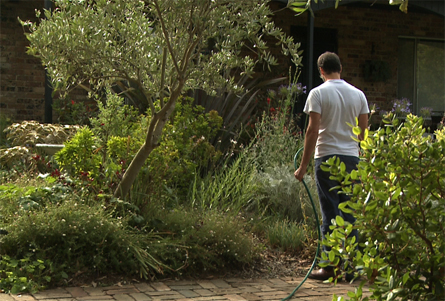
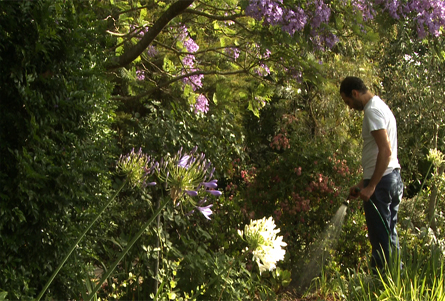
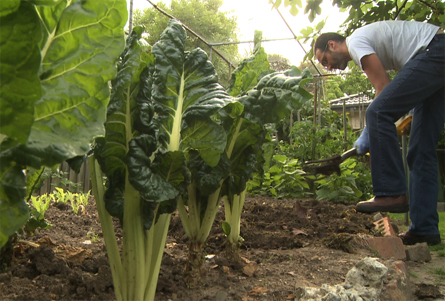
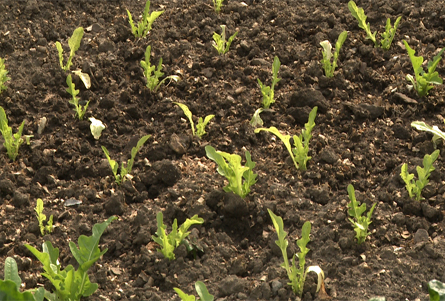





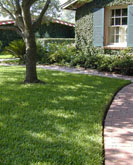

You must be a member to share: Login or Register